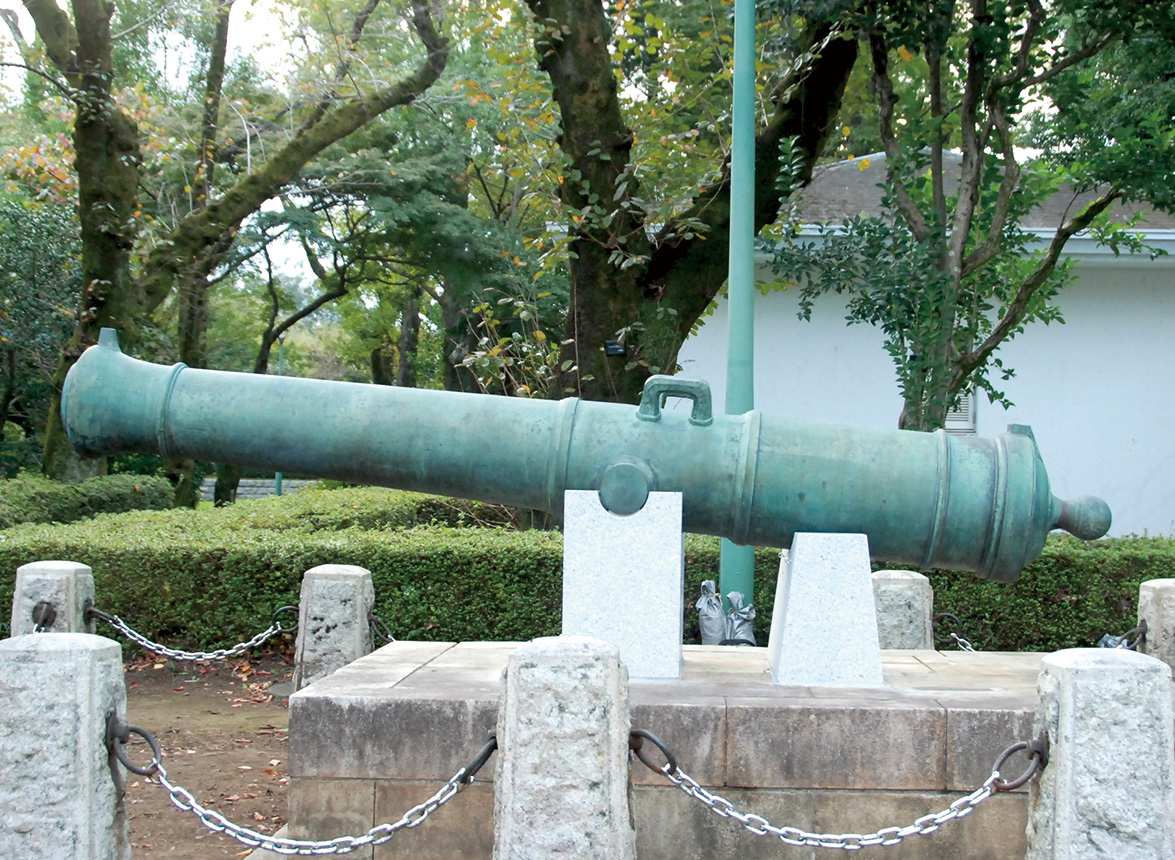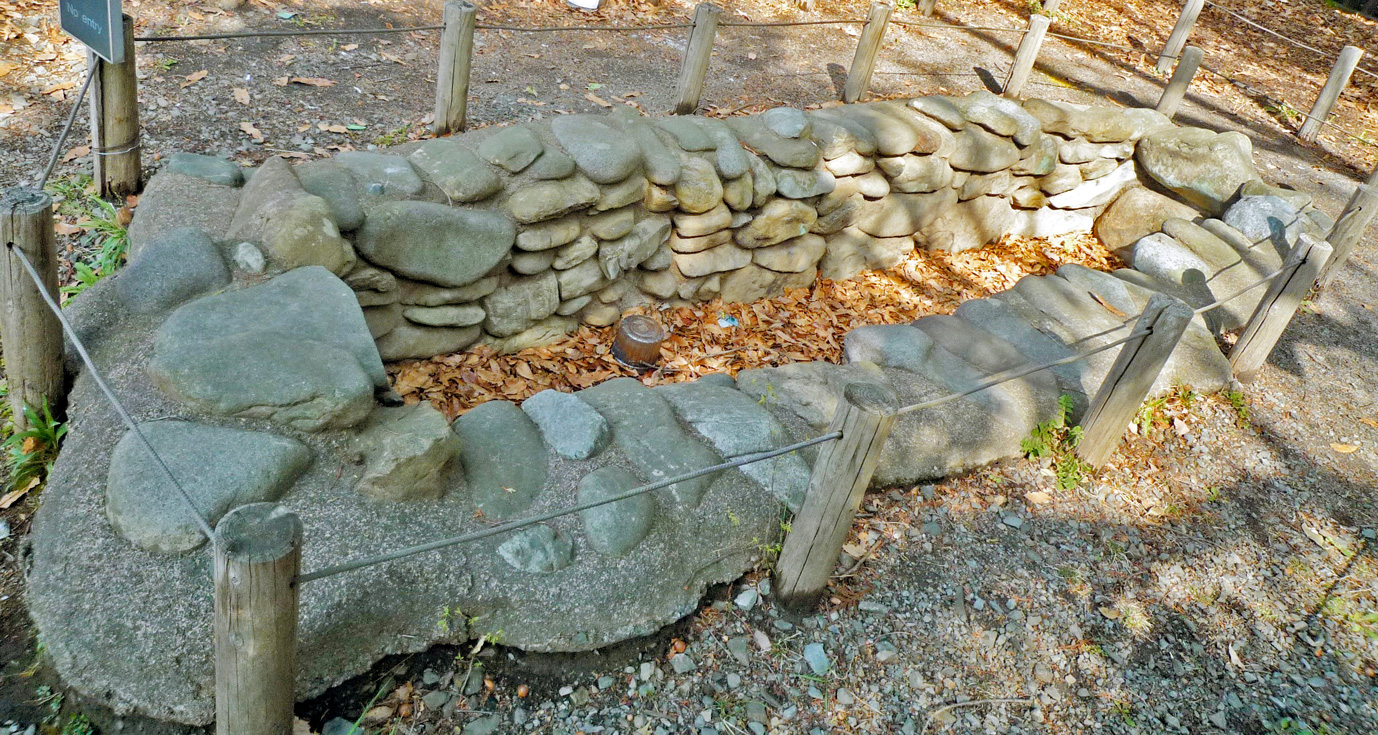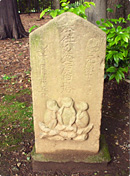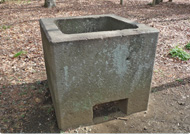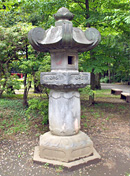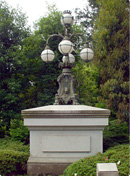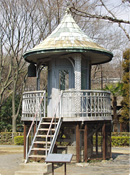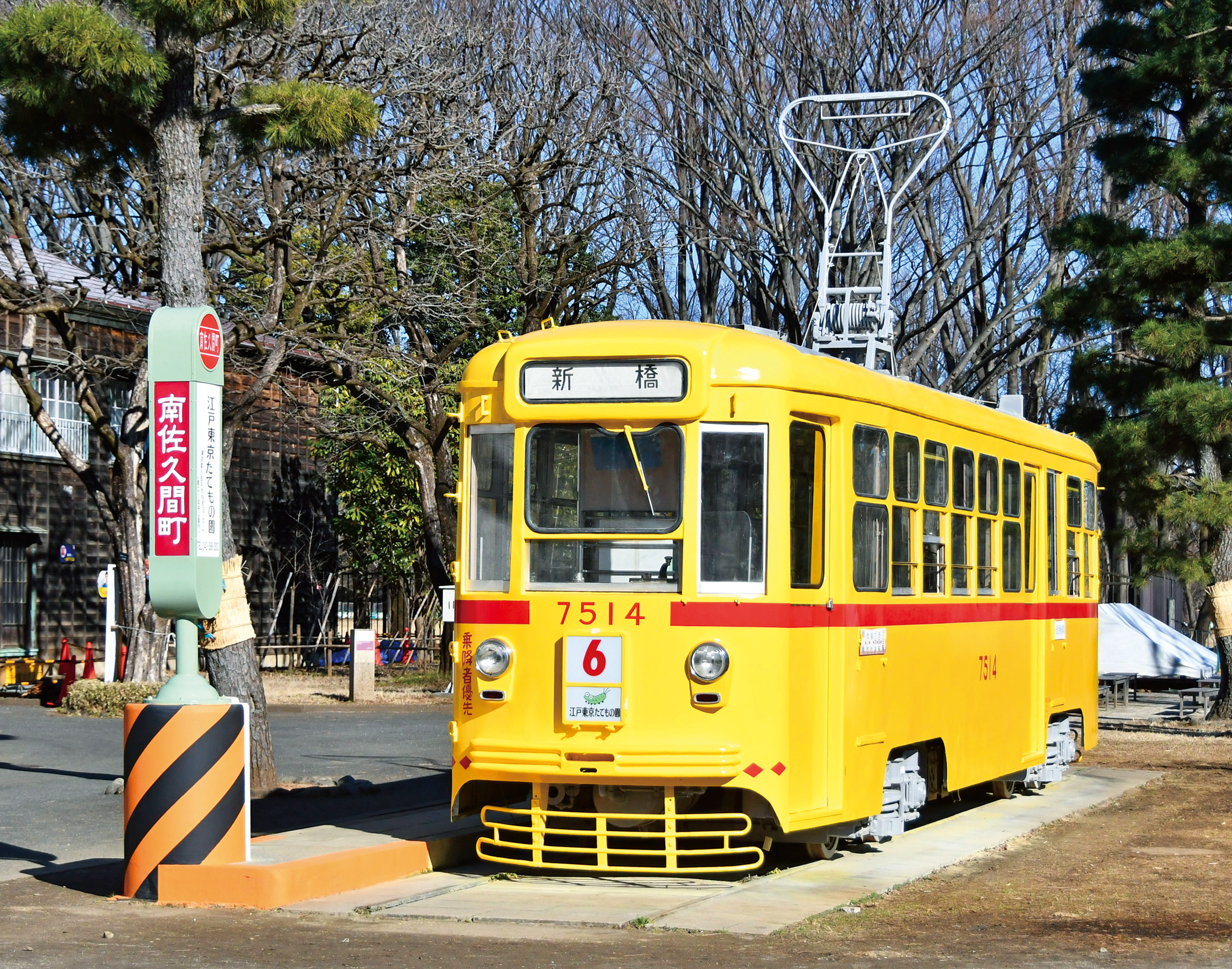- Home
- >
- Reconstructed Buildings
- >
- Outdoor Exhibits
Outdoor Exhibits
Cannon for signaling noon
- Name
- Cannon for signaling noon (Collection of the former Musashino Folklore Museum)
- Period of use
- From 1871 to April 1929
- Original location
- Edo Castle in Chiyoda, Tokyo, where the Imperial Palace now stands
- Explain
-
This replaced a bell that was rung at Edo Castle to announce the time, and was used to fire blanks to tell people when it was noon.
Stone Chamber at Seto-oka No.1
- Name
- Stone Chamber at Seto-oka No.1 (Collection of the former Musashino Folklore Museum)
- Period
- Asuka period (late 7th century)
- Original location
- Akiruno, Tokyo
- Explain
-
This consists of an underground horizontal chamber made from river stones. Unlike most such structures found in Japan, the grave mound is barely visible aboveground.
Kōshin stupa for the repose of souls
- Name
- Kōshin stupa for the repose of souls (Collection of the former Musashino Folklore Museum)
- Period
- 1700
- Explain
-
Erected by adherents of Kōshin, a folk faith that originated in Taoism, monuments of this type were often erected to commemorate having performed the Kōshin-ko ritual eighteen times over a three-year period. The association between Kōshin and the three wise monkeys is thought to have originated in the late seventeenth century.
Stone measure
- Name
- Stone measure (Collection of the former Musashino Folklore Museum)
- Period
- Edo period (1603-1868)
- Explain
-
Cisterns like this formed part of the water supply system in Edo (now Tokyo), and were equipped to remove sand and mud and to cut off or adjust the supply of water. Next to it stands a stone trough that was also used to supply water during the Edo period.
Stone lantern of the Kan’eiji Temple
- Name
- Stone lantern of the Kan’eiji Temple
- Period
- June 20, 1751
- Original location
- Taito, Tokyo
- Explain
-
This was presented to Kan’eiji, funeral temple of the Tokugawas, following the death of the eighth shogun, Tokugawa Yoshimune.
Electric light at the front gate of the Imperial Palace
- Name
- Electric light at the front gate of the Imperial Palace
- Period
- late 1880s to mid-1890s
- Original location
- Chiyoda, Tokyo
- Explain
-
One of the six lamps that used to stand on the parapets on each side of a stone bridge at the palace. The pedestal is a replica.
Ueno fire department watch tower upper section
- Name
- Ueno fire department watch tower upper section
- Built in
- 1925
- Original location
- Taito, Tokyo
- Explain
-
This is a modern version of the towers from which firefighters used to keep a lookout for fires in Edo. It consists of a four-layered tripodal structure with an exposed gallery running around a central cab, and was originally 23.6 meters tall. It was used until 1970.
City train model 7500
- Name
- City train model 7500
- Made in
- 1962
- Depots
- Aoyama, Yanagishima, and then Arakawa, in Tokyo
- Explain
-
This used to serve the route from Shibuya Station to Shinbashi, Hamacho-nakanohashi, Suda-cho (Kanda), and back again. Streetcars began to disappear from the streets of Tokyo from 1963, but still run on the Arakawa line.
![]() Reconstructed Buildings
Reconstructed Buildings
© EDO-TOKYO OPEN AIR ARCHITECTURAL MUSEUM All rights reserved.

























